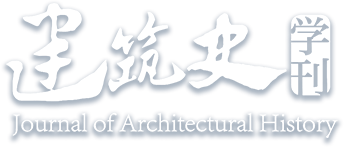Abstract:
Through a comparative analysis of architectural structures, ruins, documents, paintings, and other artifacts, this paper examines the evolution of the high-grade building foundations, specifically the main hall of palaces, from the Song dynasty to the Qing dynasty, aiming to propose a credible narrative for this development. Additionally, it investigates the historical texts and nomenclatures on the palatial foundation in each era. The findings suggest in the Southern Song dynasty and the Liao and the Jin dynasties a transition developed from the “
sanchi” to “凸” -shaped foundation, with a weakened functionality of multilayer foundations and an increased symbolic significance. The terms “
danchi”, (cinnabar terrace) “
danbi”, (cinnabar steps) “
lutai”, (exposed platform) “
yuetai” (terrace) and other terms related to the foundation underwent a complex change during this period.


 下载:
下载: